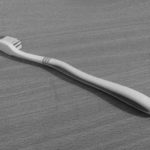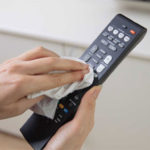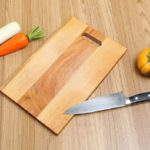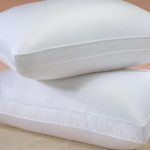Don’t Always Wash Meat Before Cooking
– Many homemakers believe that washing meat before cooking will remove dirt and ensure food hygiene and safety.
– This belief is incorrect, especially when it comes to raw meat, such as chicken. Washing raw meat with water can increase the risk of developing and spreading Salmonella and other harmful bacteria.
– Simply blot raw meat dry and cook it at 165°C to ensure bacteria are killed.
– If you wish to wash meat, do so with mild water, avoiding splashes that may spread bacteria. For chicken, wash it in a basin and then thoroughly clean the area with disinfectant afterward.

Should Eggs Be Stored in the Fridge?
Eggs do not always need to be refrigerated. In many food stores across Europe, eggs are typically stored at room temperature.
Even in Vietnam, you’ll notice that eggs are often displayed on open shelves in supermarkets, not in refrigerators or freezers.
However, due to Vietnam’s hot and humid climate, bacteria can thrive and multiply quickly. To ensure safety, it’s recommended to store eggs in the fridge once you get home.

Using a Wooden Cutting Board Can Be Unsafe
– Some believe that cutting raw meat on a wooden board can trap bacteria in the wood, which can then contaminate other foods and cause food poisoning.
– This is not true. If any bacteria from the meat enter the wood, they will become isolated and eventually die.
– Wooden cutting boards are considered one of the safest options today, but it’s important to properly clean and maintain them.
– Don’t use the same wooden board for raw meat and ready-to-eat foods. Always use separate boards.

Microwaves Can’t Always Kill Bacteria
– While microwaves can cook food and kill bacteria, not all microwaves are equally effective at eliminating bacteria.
– Many microwaves don’t distribute heat evenly, and if the wrong settings are used, food may not cook thoroughly, leaving bacteria alive.
– To ensure optimal cooking and bacteria elimination, choose a high-quality microwave that distributes heat evenly, and always select the appropriate power and temperature settings for the food you’re preparing.

For more information:
Review the information above and adjust your food handling practices accordingly. Share your own tips for safe food handling by leaving a comment below.
Source: suckhoedoisong.vn
8 Common Mistakes People Make with Cutting Boards
Are you using your cutting board correctly? Many Vietnamese households rely on cutting boards in their kitchen, but not everyone knows how to use them properly, especially when it comes to wooden cutting boards. Check out these 8 mistakes to avoid when using a cutting board to ensure both hygiene and safety for everyone in your family.
Is Refrigerated Leftovers Linked to an Increased Risk of Cancer?
Dr. Lam Van Man, Head of Research, Development and Technology Transfer Department of the Institute of Safety Food, has warned of the risk of food poisoning when reheating leftovers from the refrigerator. But what should we be aware of when it comes to the possibility of these leftovers causing cancer? Here, we explore what the experts have to say on the matter and offer some tips for safe eating.



































